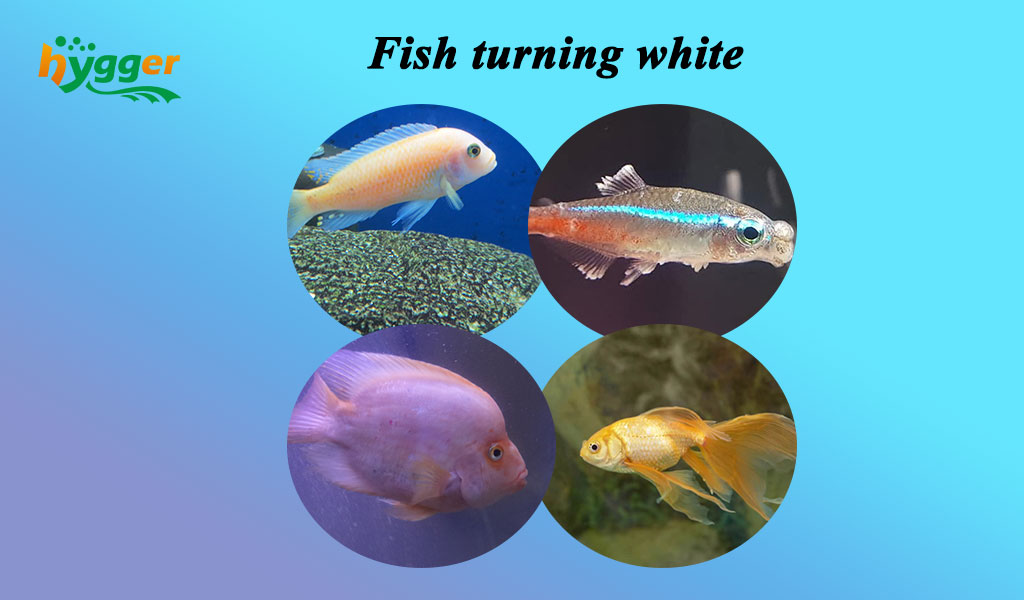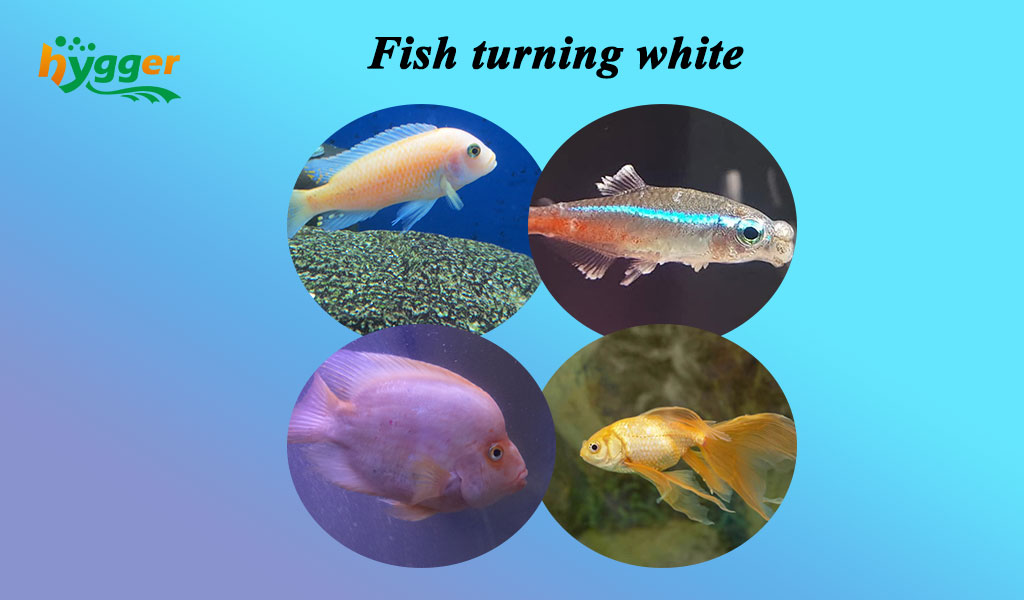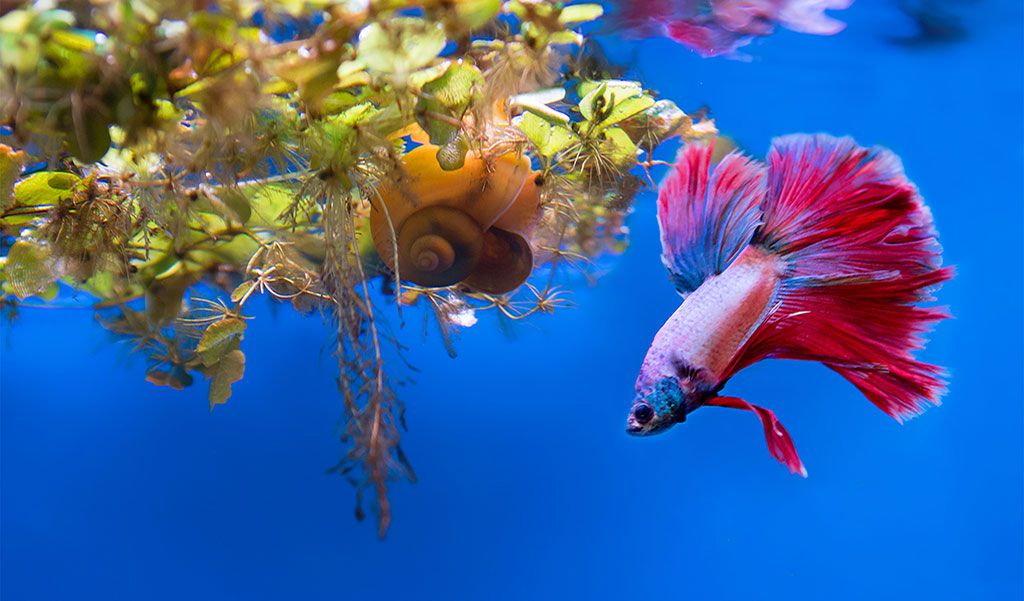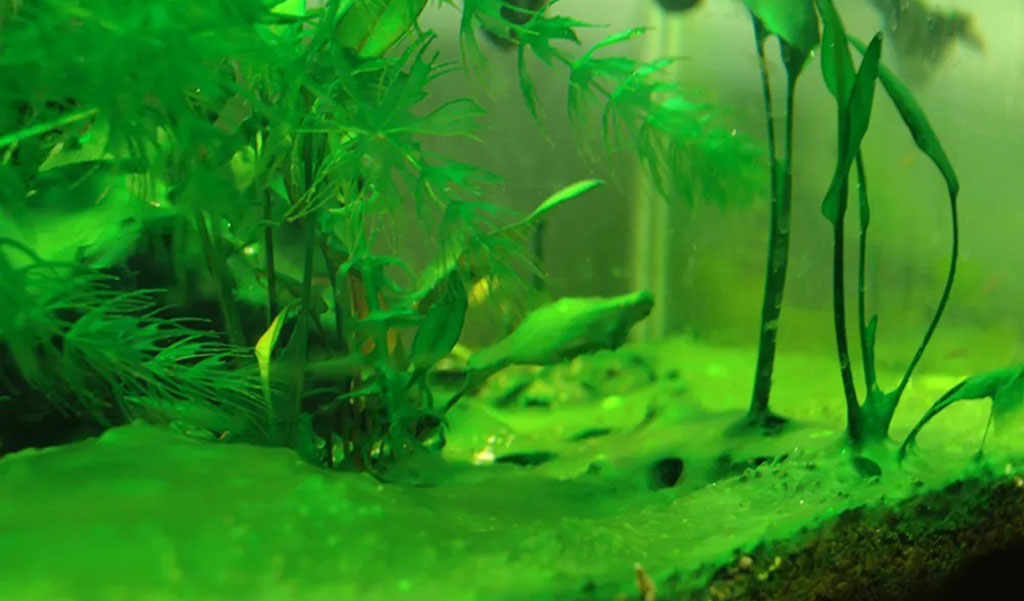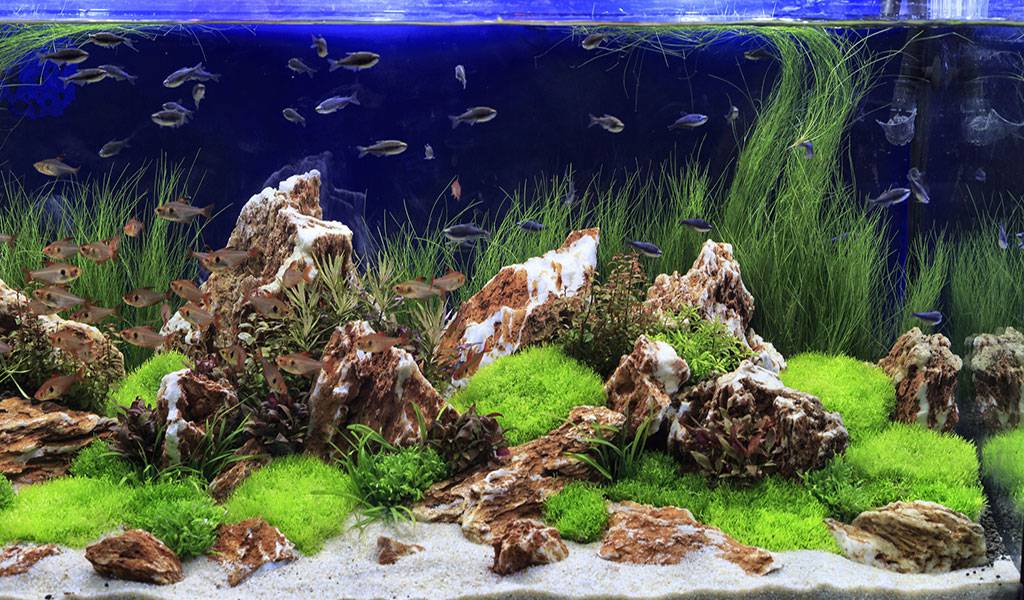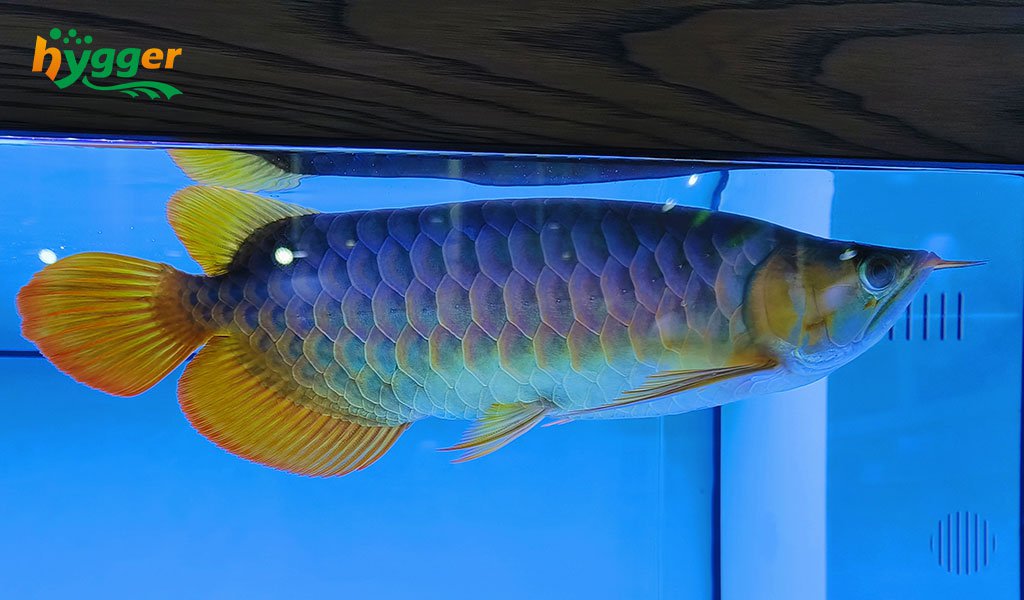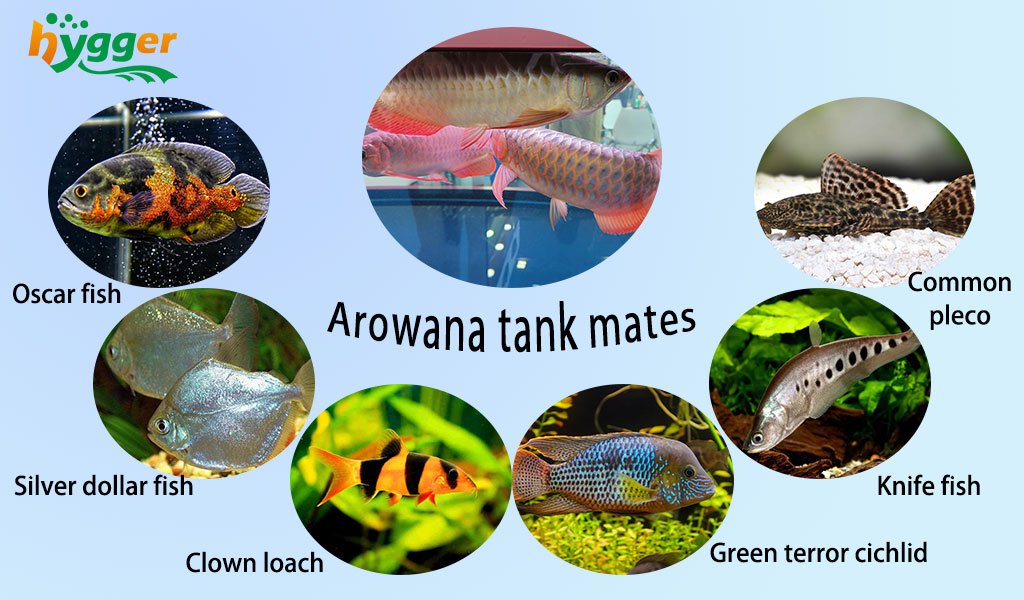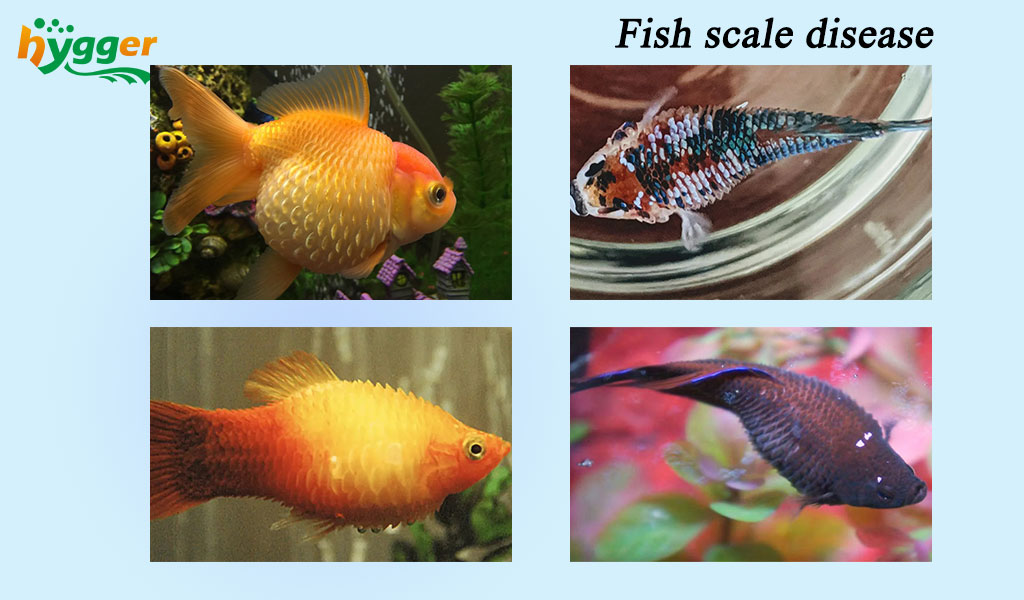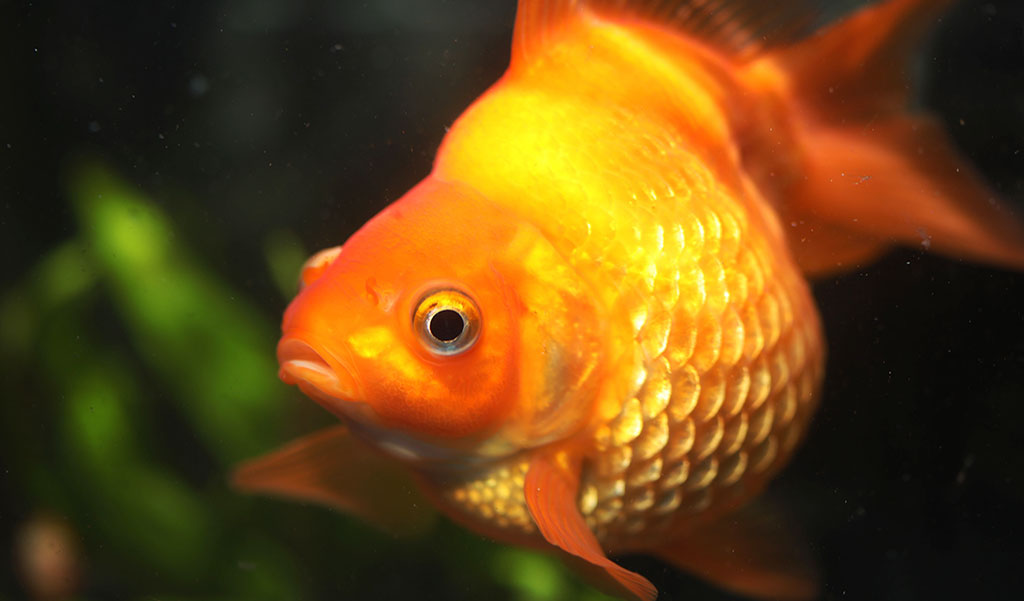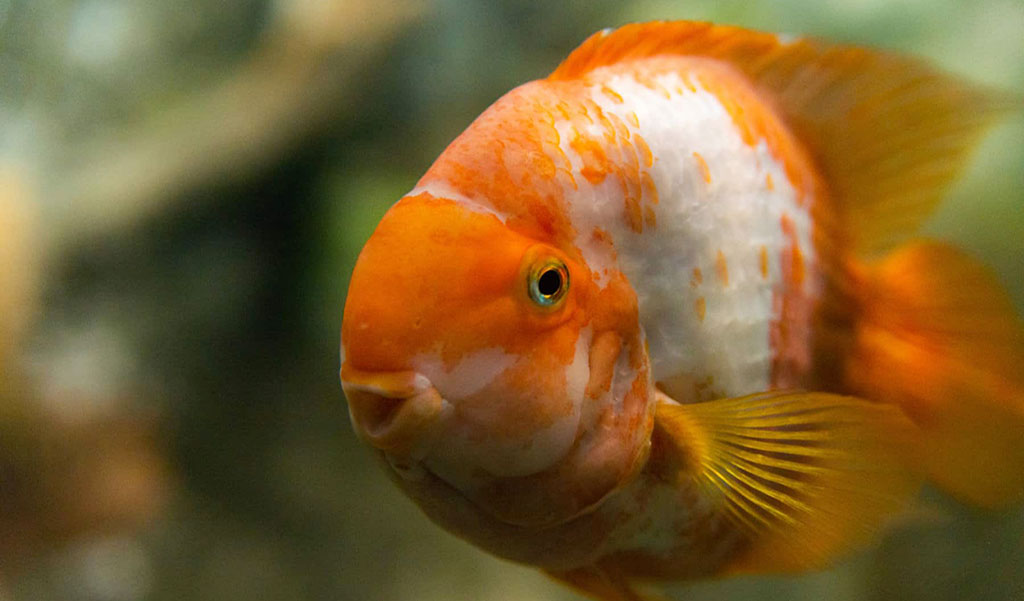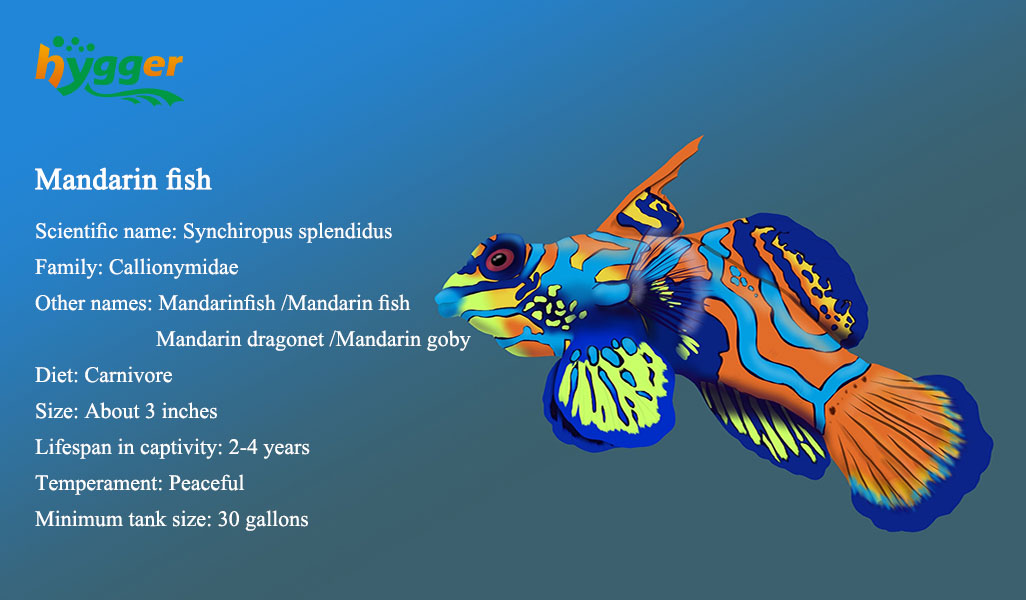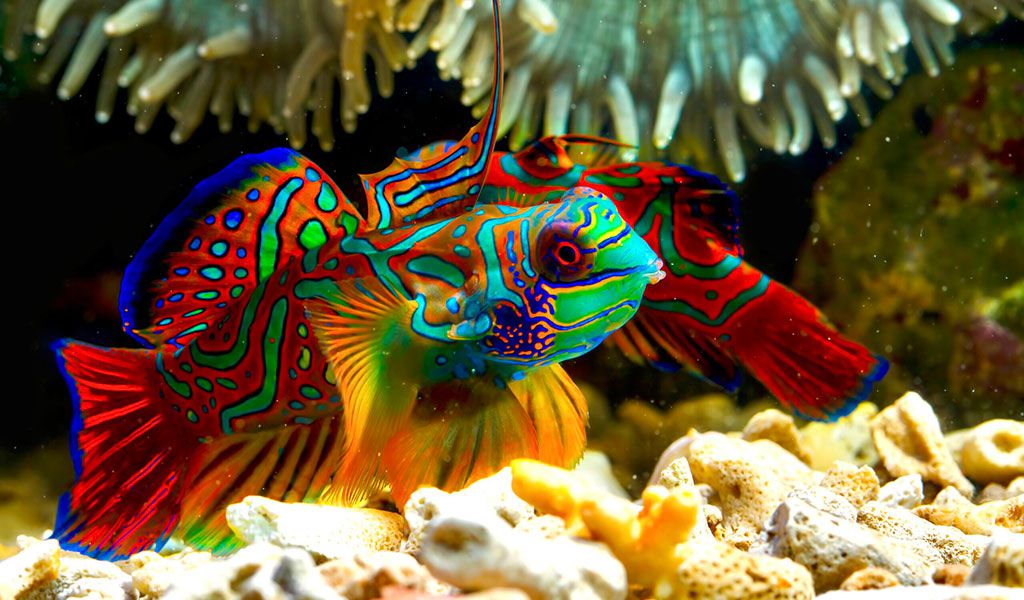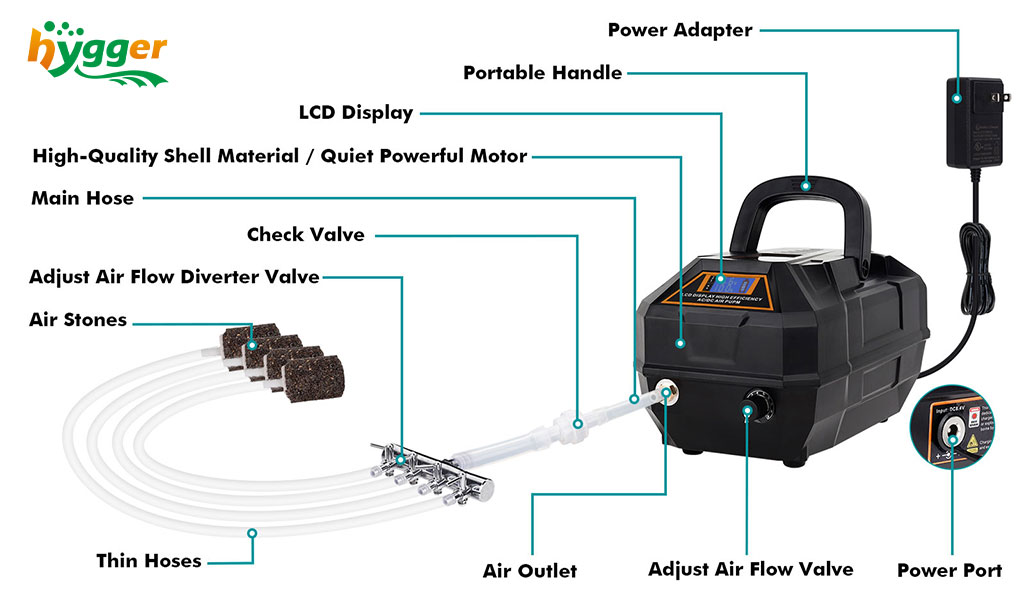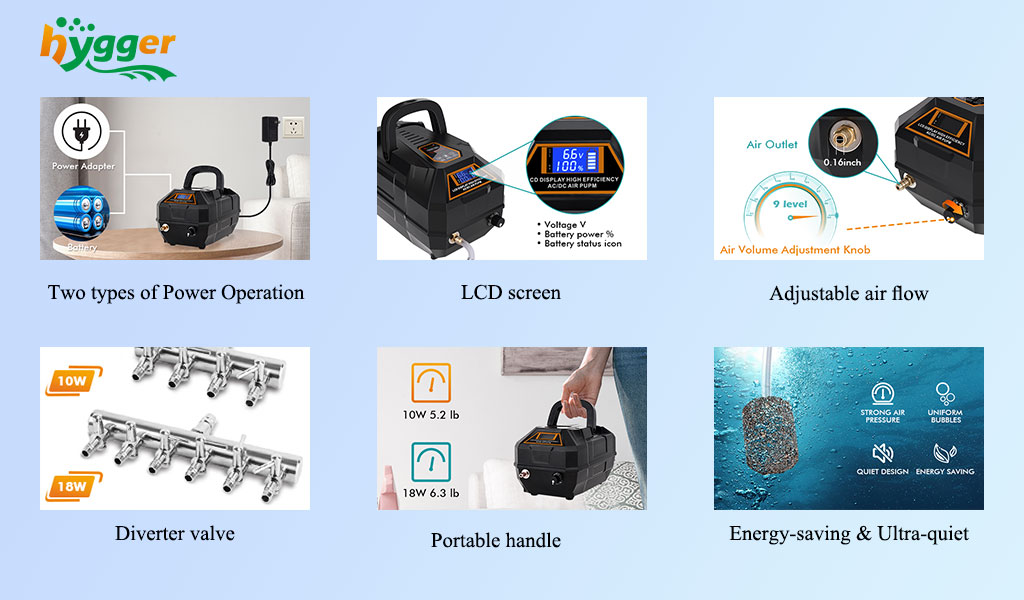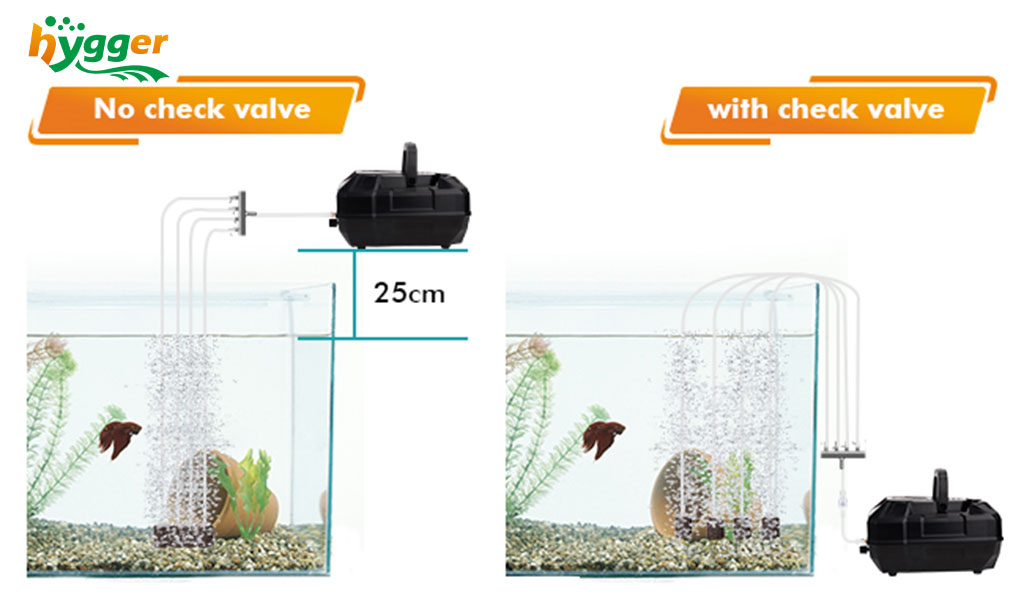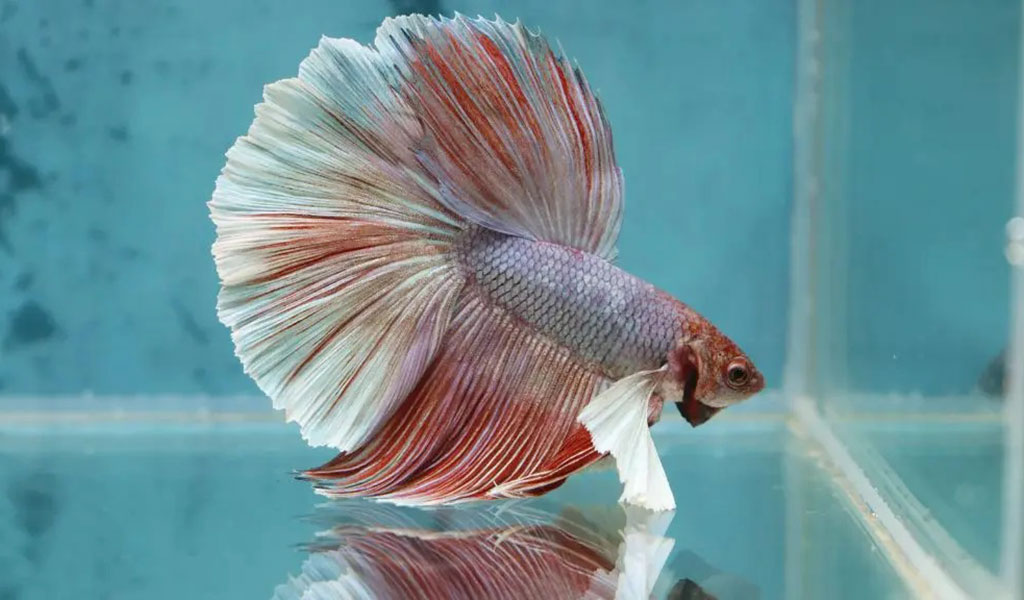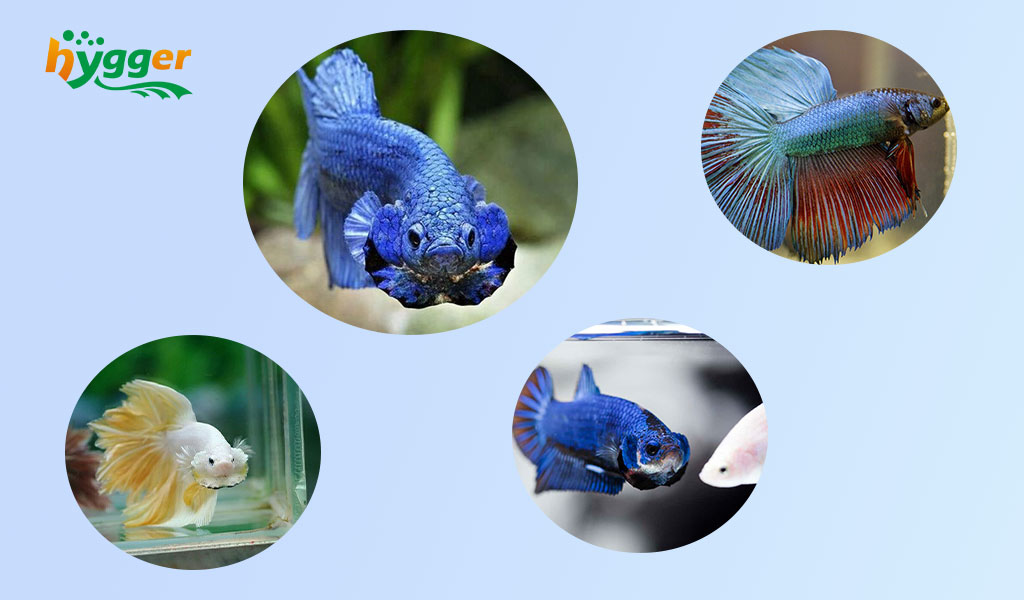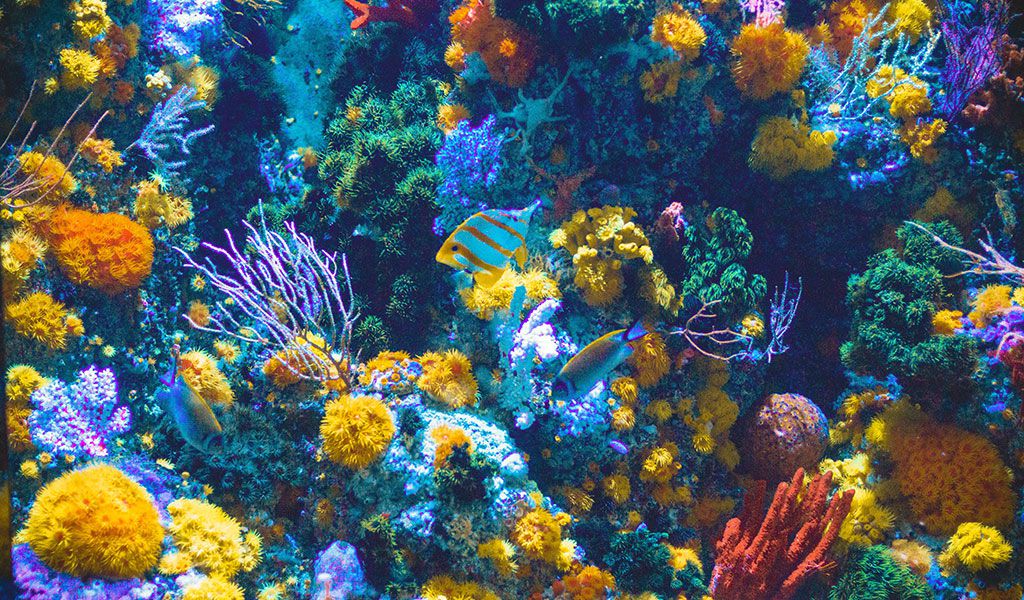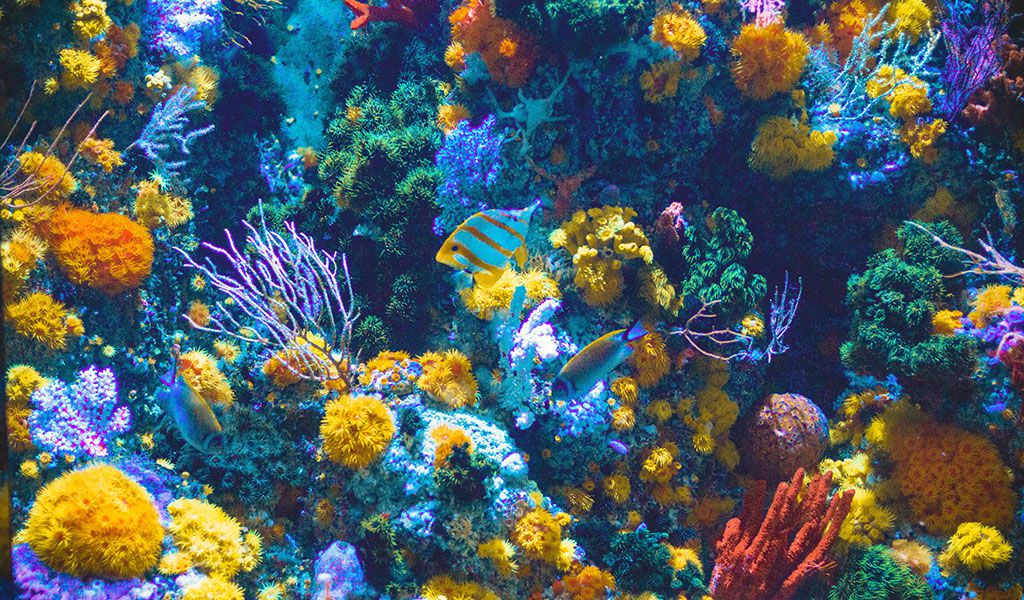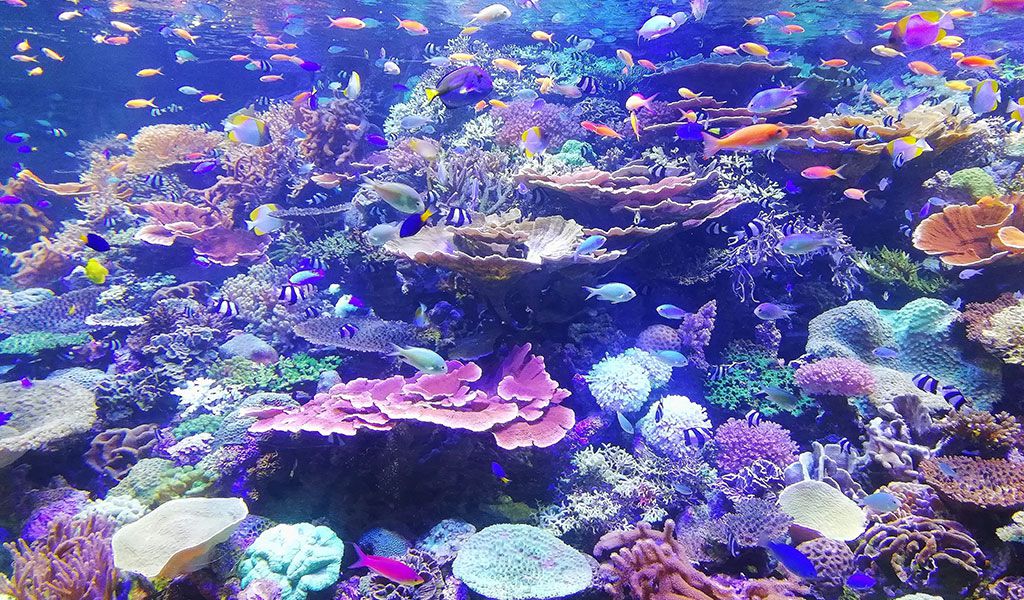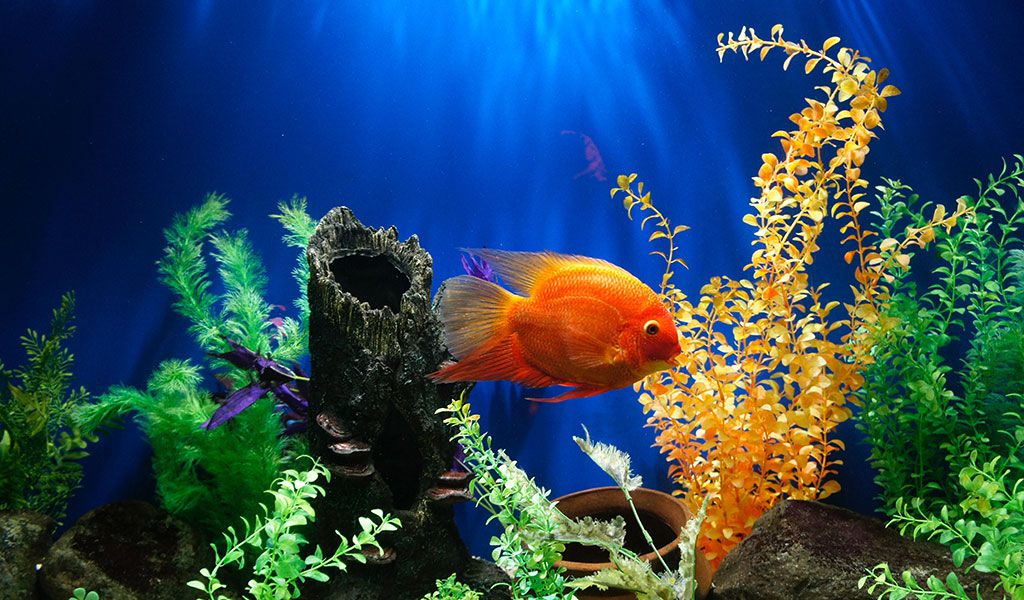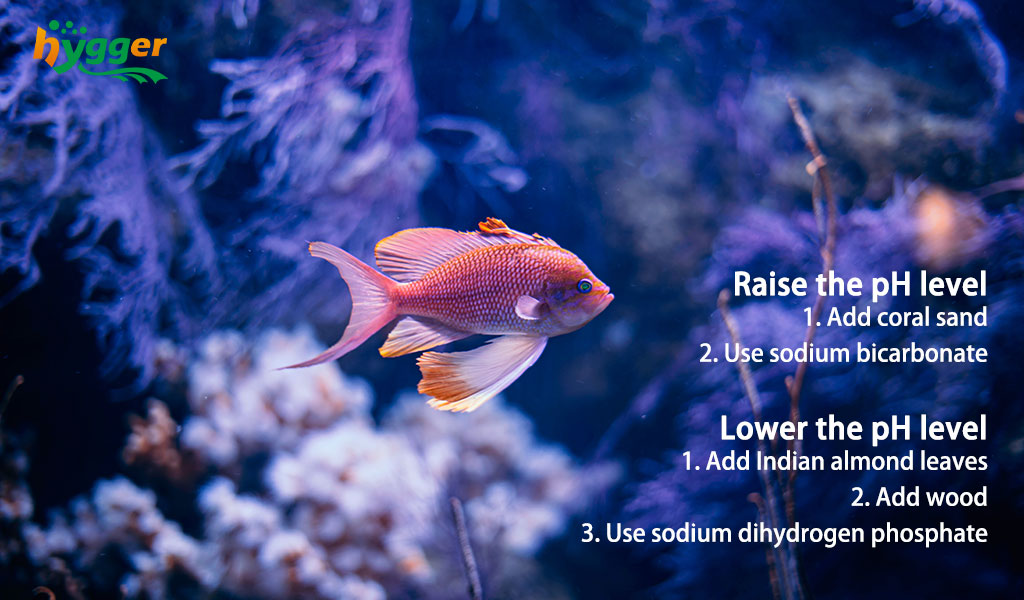– Tropical Fish Lighting Requirements
Lighting plays an essential role in aquariums. It is helpful for the photosynthesis and growth of aquatic plants, while it is also vital for fish growth and health. So what are the lighting requirements of tropical fish? Has this question floating around your mind? If you know little about it, just read on. Given below are more about tropical fish lighting requirements.
Aquarium lighting spectrum
Light spectrum measurement
In aquariums, light spectrum means the spectrum of visible light. According to the wavelength of light energy, the visible spectrum is measured in nanometers. Also, the wavelength of visible light is commonly between 400 and 800 nanometers. On the other side, the light spectrum can also be measured in Kelvin. While Kelvin describes the color temperature of light. Commonly, red light possesses a lower kelvin rate, and blue light has a higher kelvin rate.
More about aquarium light measurement
Aside from kelvin, here are more units to measure the light.
- PAR: Photosynthetically Active Radiation measures the amount of light for photosynthesis.
- PUR: Photosynthetically Usable Radiation measures useful light energy.
- PPFD: Photosynthetic Photon Flux Density quantifies the PAR value.
- PAS: Photosynthetic Action Spectrum refers to the relationship between the rate of physiological activity and the wavelength of light.
- Watts: Measure the amount of energy.
- Lumen: Measure the level of light brightness (light intensity).
Usually, light intensity includes low, medium, and high light, which respectively are 270-807 lux, 807-1614 lux, and 1614-10764 lux.
Do fish need light in aquariums?
Do fish need light in aquariums? Definitely, fish need light to determine the time (day or night). Also, adding an aquarium light enable you to see fish. If there are plants in your tank, the light helps to photosynthesize. Besides that, light is vital for fish needs of feeding or mating. In addition, aquarium light makes the tank more attractive. Nonetheless, too much light is damaging to your tank. A living condition with excess light is suitable for algae thriving. Once there are algae issues in your tank, you’d better reduce lighting hours. In short, it is critically crucial to provide optimal light for fish or plants in your tanks.
Next, we will cover some information about what light intensity your fish prefer.
- Photophobic fish: Glass catfish, Notopterus chitala, Black ghost fish, Aba knifefish
- Highlight fish: Red swordtail, Molly fish, Tiger barb, Harlequin rasbora
- Dim light fish: Tetras or Angelfish native to jungles or wetlands
- Nocturnal fish: Corydoras, Amur catfish, Loaches
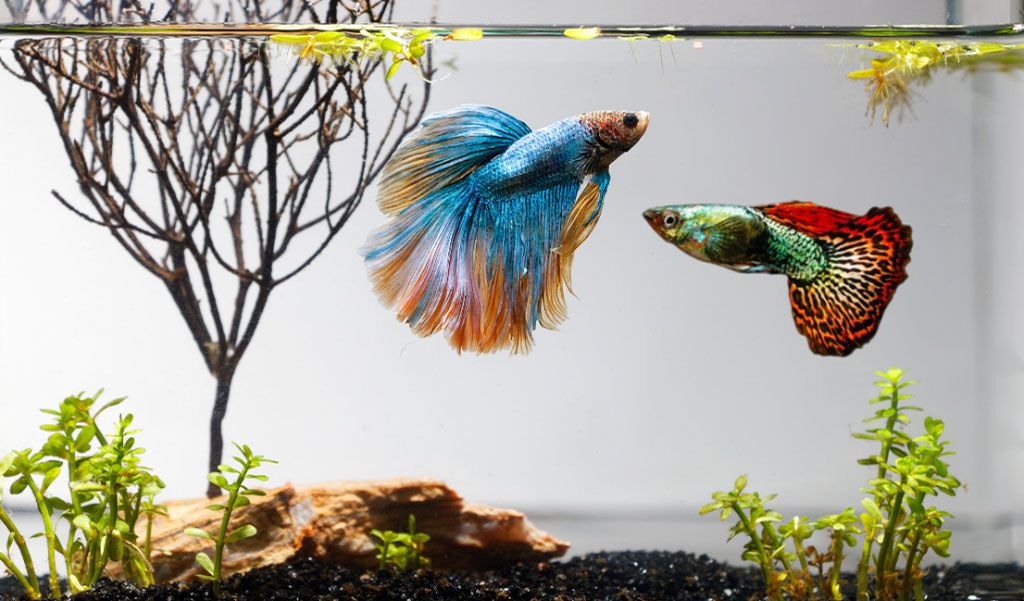
Tropical fish lighting requirements
Lighting requirements for fish tank
| Tank types | Lighting requirements |
| Common tank | About 10 hours per day |
| Fish tank without plants | About 6–8 hours per day |
| Tanks with tropical fish and plants | About 10–12 hours per day |
| Tanks with cold water for fish and plants | About 8–10 hours per day |
| Reef tanks | About 10–12 hours per day |
Aside from that, the ideal color temp is usually between 5500 and 10000 kelvin. For example, the optimal color temperature of planted tanks and fish-only tanks respectively are 6500-7500 and 5500-6500. Moreover, different plants or corals demand diverse PAR values, just as the table below shows:
| Plants or Corals | Ideal PAR values |
| Low light plants | 15-30 PAR |
| Medium-light plants | 30-80 PAR |
| High light plants | More than 80 PAR |
| Soft corals | 50-100 PAR |
| LPS corals | 50-150 PAR |
| SPS corals | 200-300 PAR |
The best lighting type for your tank
| Lighting types | Pros/Cons | Suitable tank types |
| Incandescent light | Pros: cheaper than other lights Cons: consume much energy /produce more heat /less efficient |
Small freshwater tanks |
| Fluorescent light | Pros: produce less heat /cheap /energy-efficient | Freshwater and saltwater tanks |
| LED light | Pros: consumes less energy /produces less heat /long lifespan /various color options /adjustable light intensity | Any tank types |
| T2 /T5 / SHO | Pros: consumes less energy /produces less heat | Planted tanks |
| Metal halide | Pros: takes up less space /produces more heat Cons: high maintenance needs |
Fish tank with plants |
Lighting requirements for tropical fish
Most tropical fish grow well if you keep the aquarium light on for about 12 hours daily. It mimics the natural habitat where they come from. In this part, we will give you some examples.
Plus, if you keep Cichlids from a dim light environment, keeping the light on for about 6–8 hours per day is great. And blue light is helpful for their growth. Accordingly, a full spectrum LED light is an excellent choice. You can set the light intensity of blue light to 100 percent.
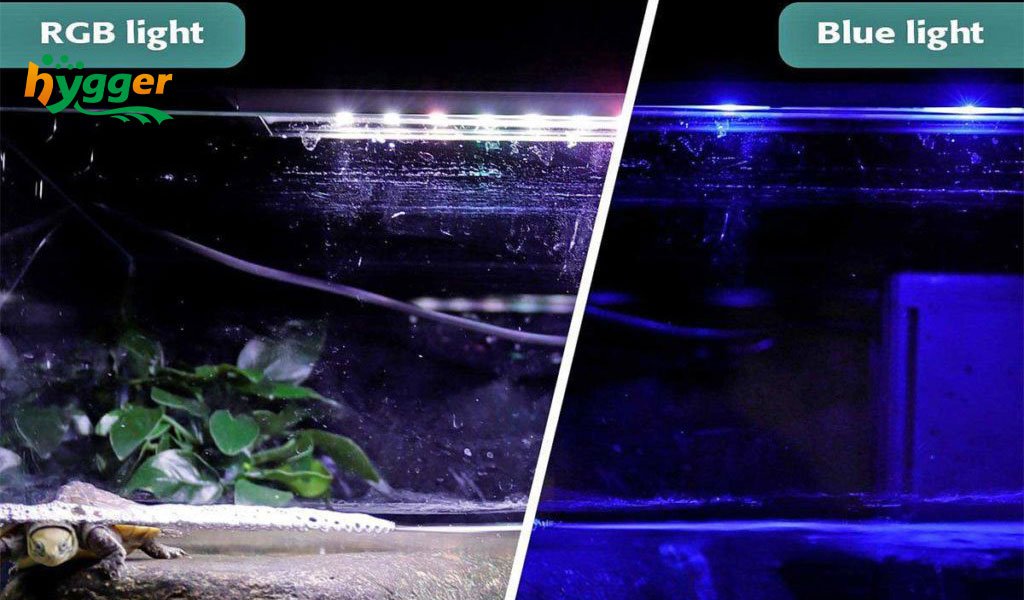
Besides that, as for tanks with swordtail fish, rainbow sharks, or platyfish, white light is great for fish growth. A programmable LED light with over 8000-kelvin color temp is suitable. Set the white and red light intensity to 80-100 percent, green light intensity to 75-100 percent, and blue light to no more than 25 percent.
Additionally, when it comes to tanks with tetras, you should improve the light intensity of blue, green, and red colors, especially the blue light intensity. A bluetooth LED light is not bad. Just adjust the blue light intensity to 80-100 percent, the white light intensity to 20-30 percent, plus the red and green light intensity to 0-10 percent.
One more thing
In a word, adding aquarium light in tanks is beneficial to enhance fish body color and growth, while also helping aquatic plants to photosynthesize. Also, the light enables you to observe and enjoy the fish at night. In addition, aquarium light improves the ornamental value of your tanks.
Pointers about aquarium lighting
When selecting aquarium light for your tank, you should consider the following respects:
- Tank types: freshwater or saltwater
- Aquatic pets in the tank: fish only or tank with plants or corals
- Tank size (length and depth): the deeper the tank, the brighter the light
- Your budget
That’s all for the lighting requirements of tropical fish. The more you learn, the better living conditions for your tank. Furthermore, more additional information about aquarium lighting, welcome to share it with us in the comment. We are happy to receive your sharing. Finally, thanks for taking the time, and we hope this article will help you a lot.

